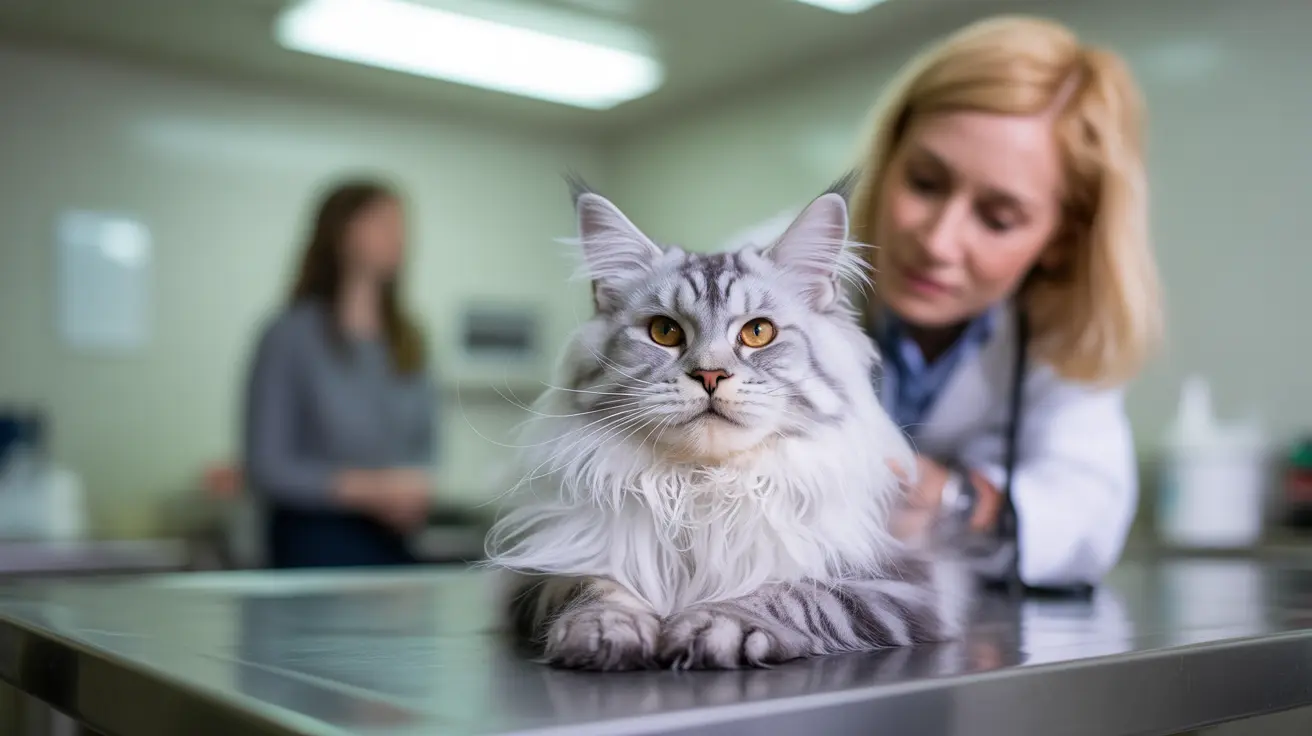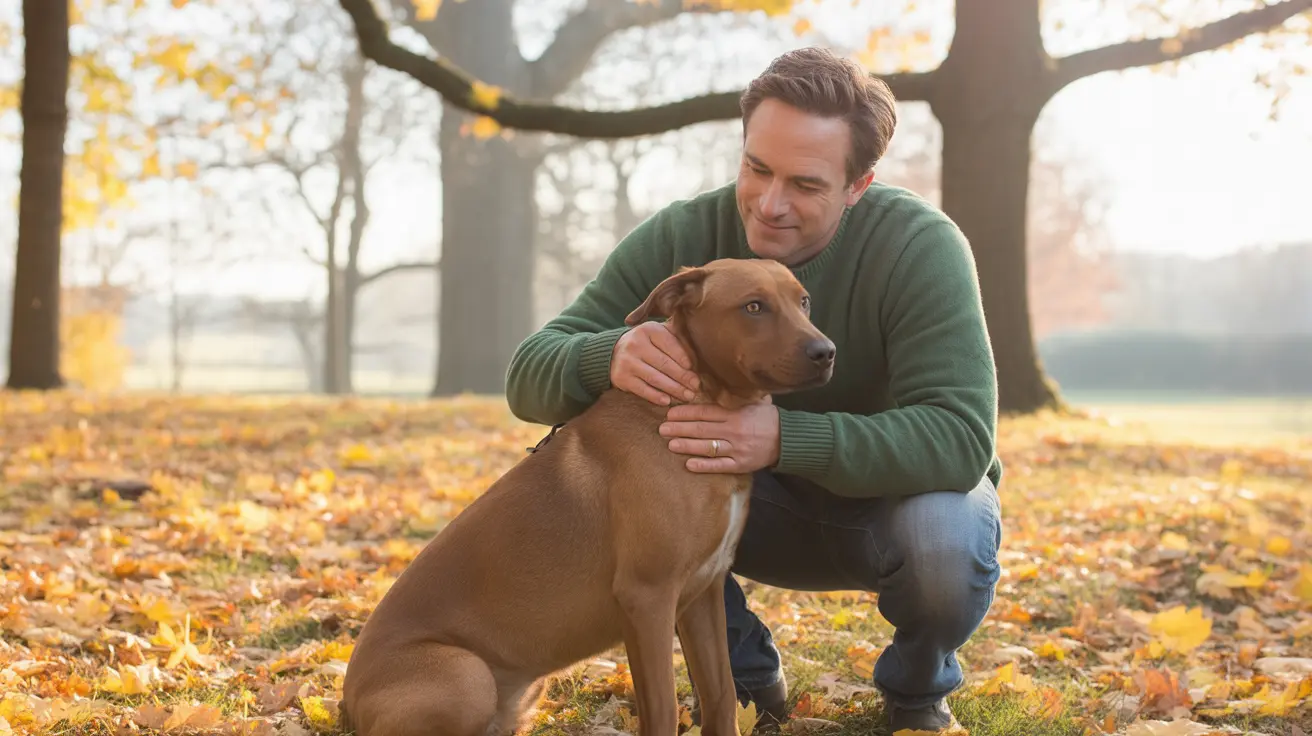Brindle dog breeds captivate pet lovers with their distinctive tiger-like striping pattern, setting them apart from their solid-colored counterparts. This unique coat pattern, characterized by dark streaks over a lighter base color, creates an almost magical appearance that many find irresistible.
Whether you're considering adopting a brindle dog or simply fascinated by these striking canines, understanding their unique characteristics and care requirements is essential. Let's explore everything you need to know about these remarkably patterned pups.
Understanding Brindle Dogs and Their Distinctive Coat Pattern
Brindle dogs showcase a mesmerizing coat pattern that resembles tiger stripes, but with a more subtle and blended appearance. The pattern consists of dark streaks—typically black or dark brown—layered over a lighter base color, usually fawn or red. This creates a unique marbled effect that can vary significantly in intensity and arrangement.
The pattern can appear as thin stripes, thick bands, or even swirled markings, making each brindle dog truly one of a kind. Some dogs display bold, prominent stripes, while others show a more subtle, tiger-whispered pattern that's only visible upon closer inspection.
Popular Brindle Dog Breeds
Several dog breeds naturally carry the brindle gene, resulting in this stunning coat pattern. Here are some of the most notable breeds:
Boxers
Boxers are perhaps the most well-known brindle dogs, with their muscular build complemented perfectly by the striking pattern. Their brindle coats can range from light to dark, with varying degrees of striping intensity.
Great Danes
Brindle Great Danes are particularly impressive due to their size, with the pattern creating a stunning visual effect across their large frame. The pattern often appears as bold, distinct stripes.
Dutch Shepherds
These working dogs traditionally come in brindle, with their coat pattern serving as excellent camouflage during their herding duties.
Whippets and Greyhounds
These sleek, athletic breeds often sport beautiful brindle patterns that accentuate their graceful physique.
Genetics and Inheritance of Brindle Coats
The brindle pattern results from specific genetic combinations involving the K locus and its interaction with other color genes. The brindle gene (k^br) must be present along with particular A locus alleles to produce this distinctive pattern.
This complex genetic interplay explains why brindle patterns can vary so dramatically between individuals, even within the same breed. The pattern's intensity and distribution depend on multiple genetic factors working in concert.
Caring for Your Brindle Dog
While brindle coats don't require special care beyond regular grooming, maintaining their distinctive appearance does deserve attention. Regular brushing helps remove loose fur and maintains the coat's natural shine, making the brindle pattern more visible.
The pattern naturally helps conceal dirt and minor stains, but regular bathing using appropriate dog shampoos will keep the coat looking its best and the colors vibrant.
Frequently Asked Questions
What dog breeds naturally have brindle coats?
Several breeds naturally carry the brindle gene, including Boxers, Great Danes, Dutch Shepherds, Bullmastiffs, Greyhounds, Whippets, and various terrier breeds. Each breed expresses the pattern differently, creating unique variations.
How do genetics determine whether a dog will have a brindle coat?
Brindle coloring is determined by the k^br allele on the K locus, working in conjunction with other color genes. The pattern appears when a dog inherits the brindle gene along with specific combinations of other color-determining genes.
How do I care for a dog with a brindle coat to keep it looking vibrant?
Regular brushing, appropriate bathing schedules, and using quality dog shampoos will maintain the coat's appearance. While brindle patterns naturally hide dirt well, consistent grooming ensures the pattern stays distinct and attractive.
Are brindle dogs more prone to any health issues compared to other coat patterns?
No, the brindle coat pattern itself doesn't correlate with any specific health issues. Health concerns are related to breed characteristics rather than coat pattern.
What does the brindle pattern mean in terms of a dog's temperament or characteristics?
The brindle pattern has no impact on a dog's temperament or behavior. Personality traits are determined by breed characteristics, training, and individual disposition rather than coat color or pattern.






